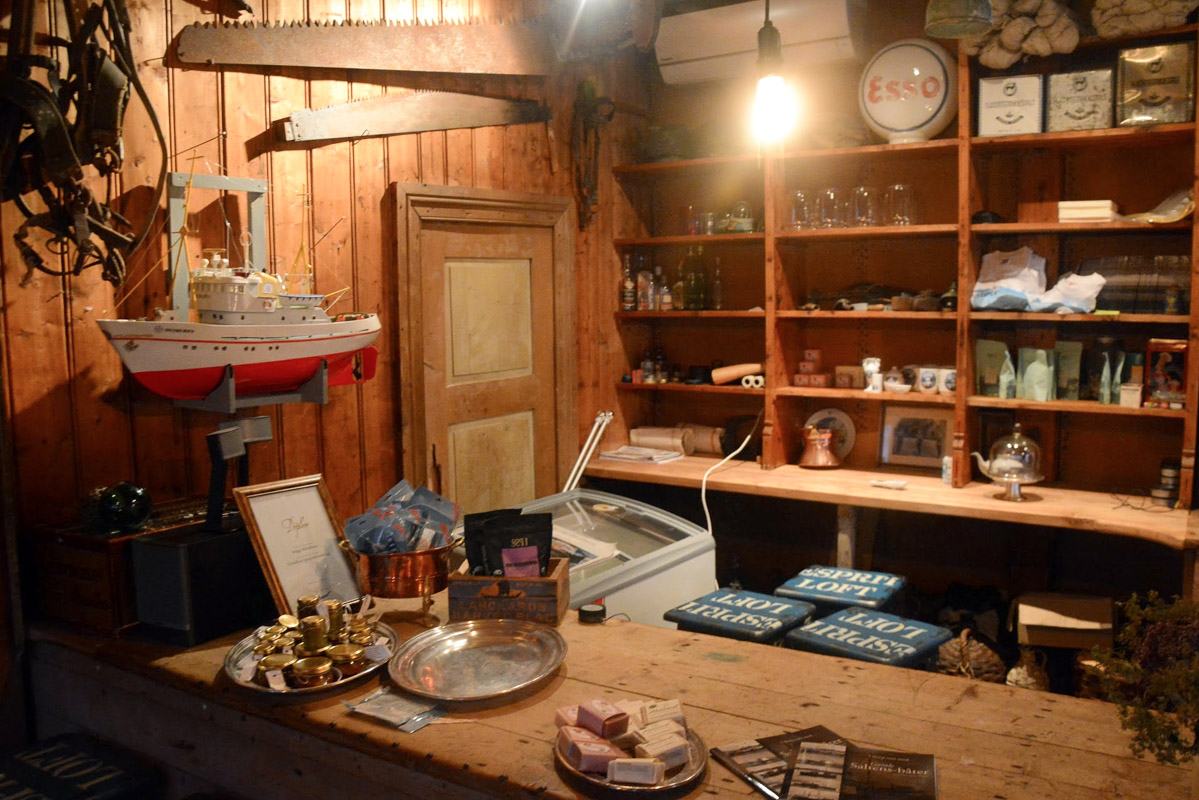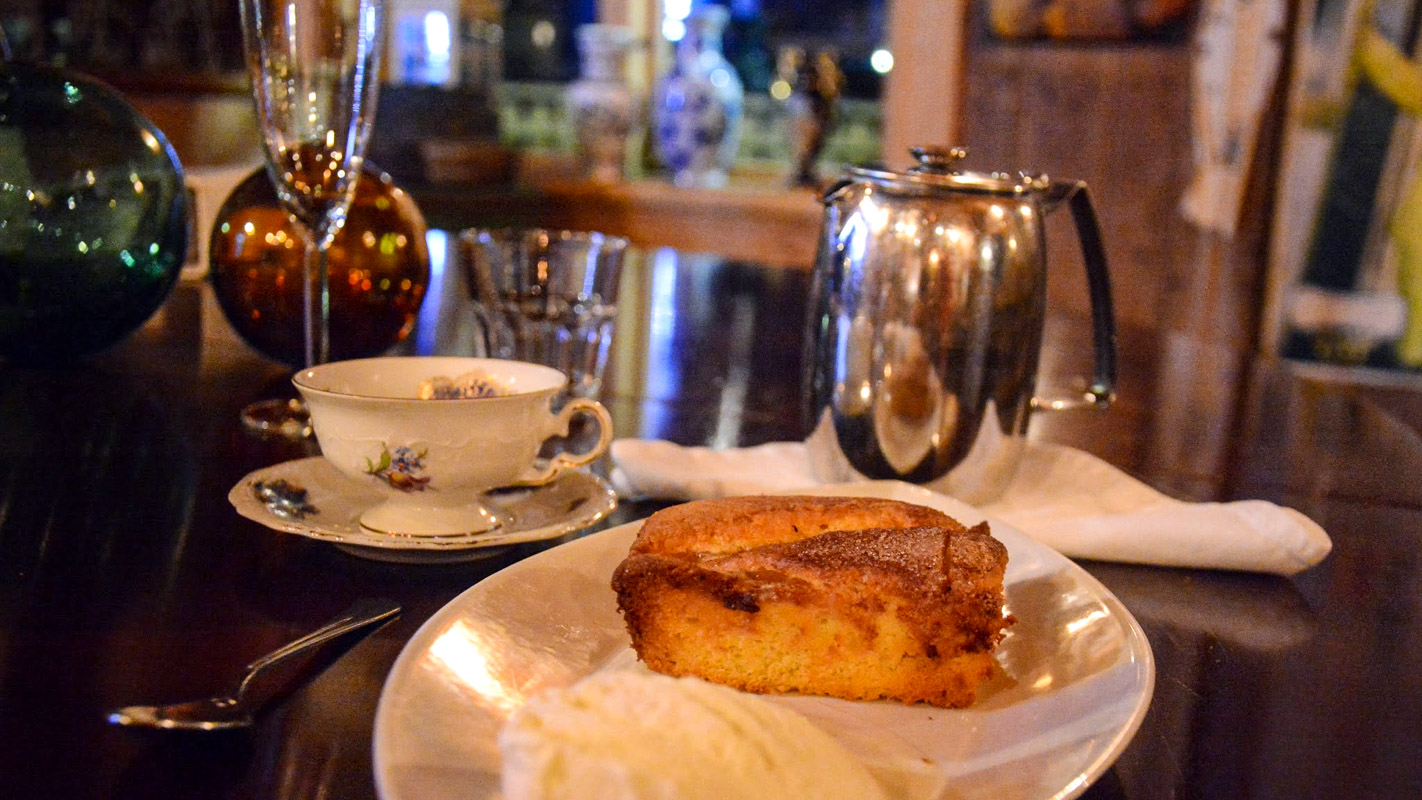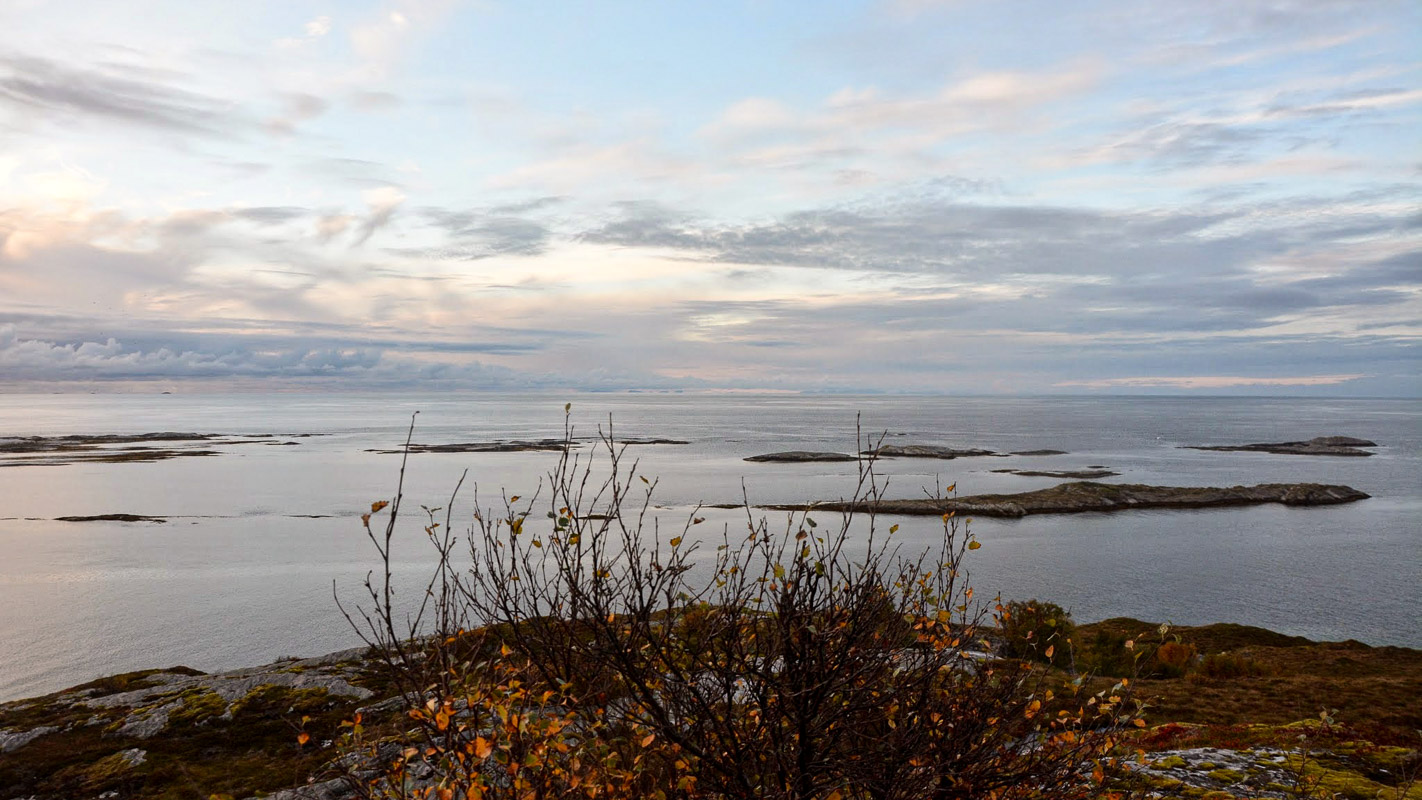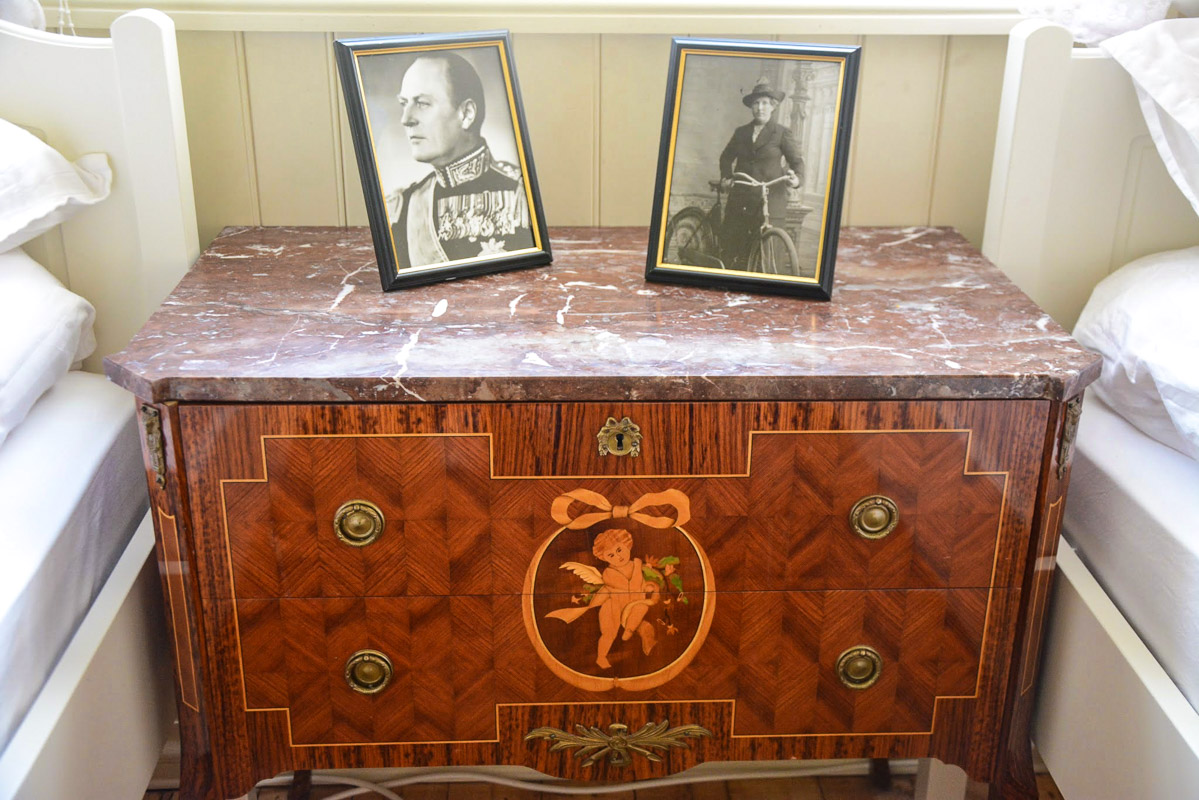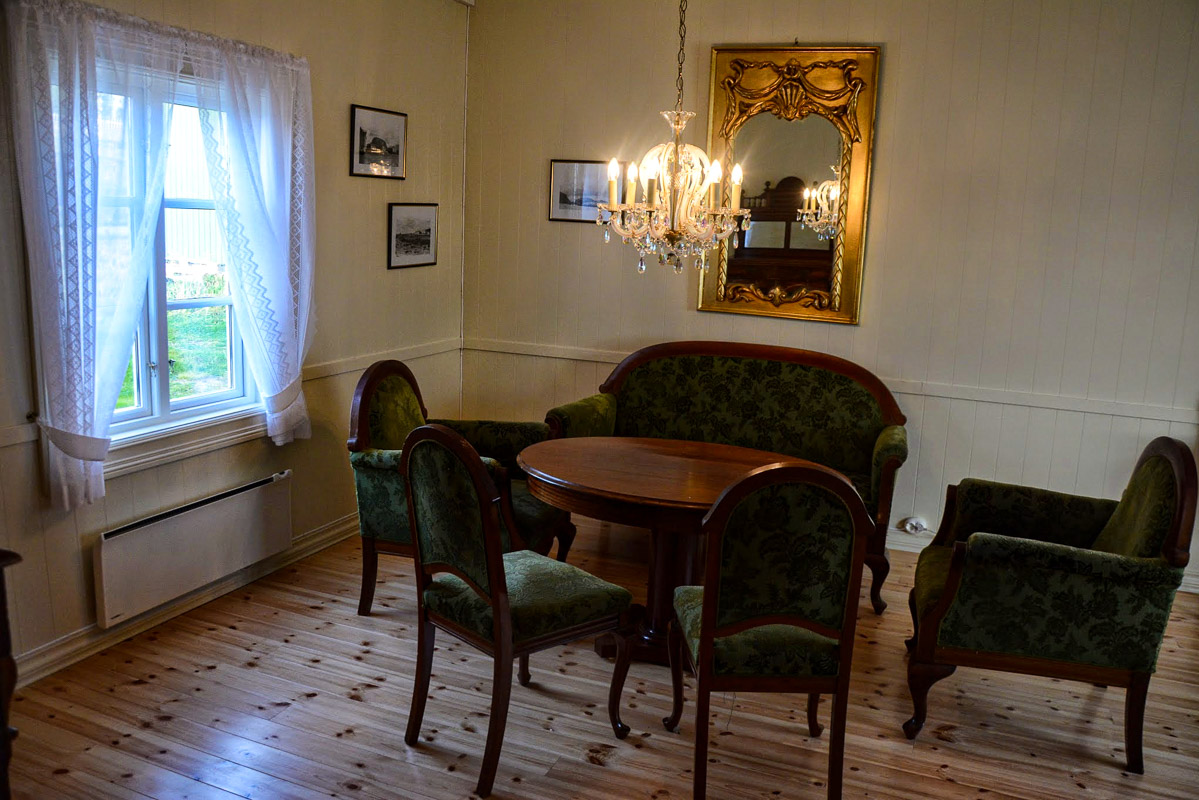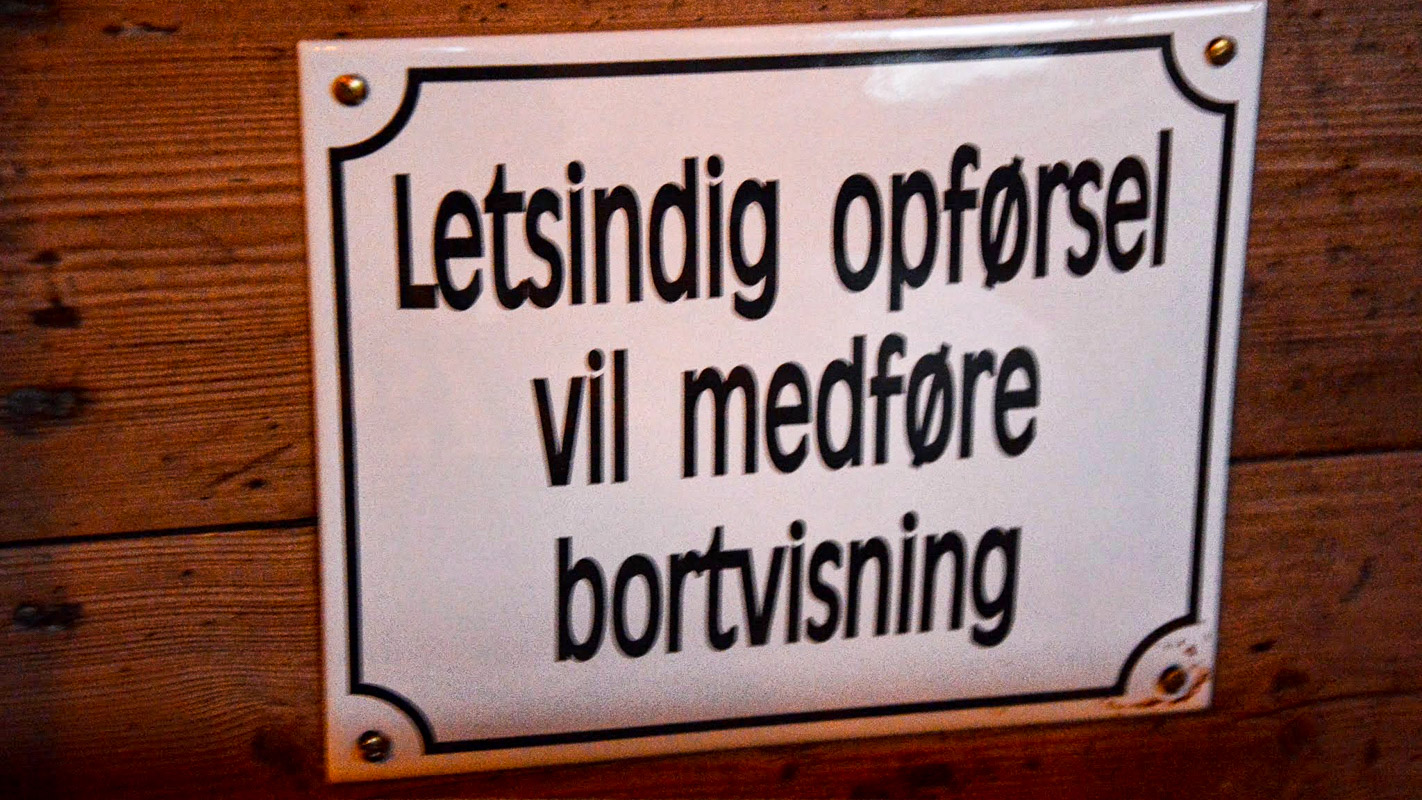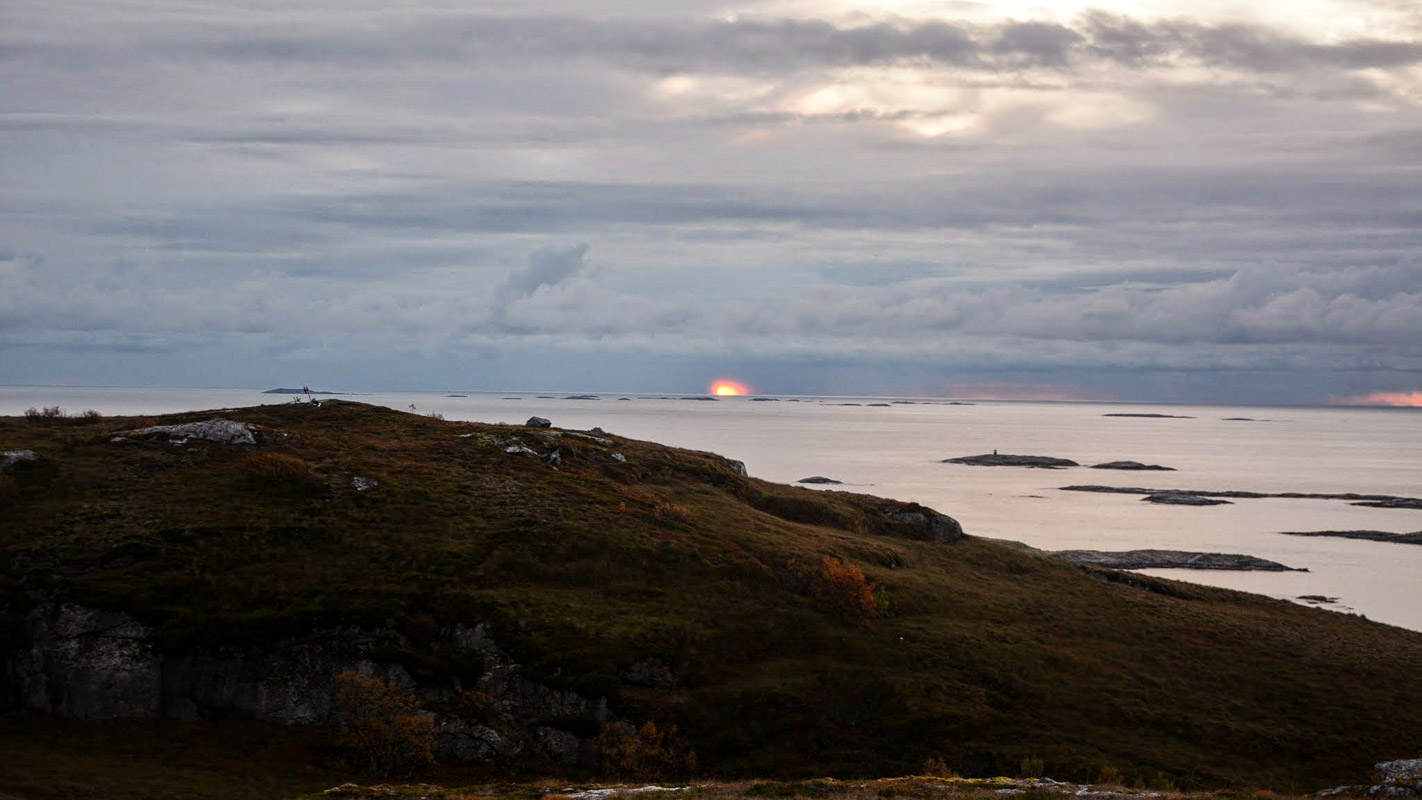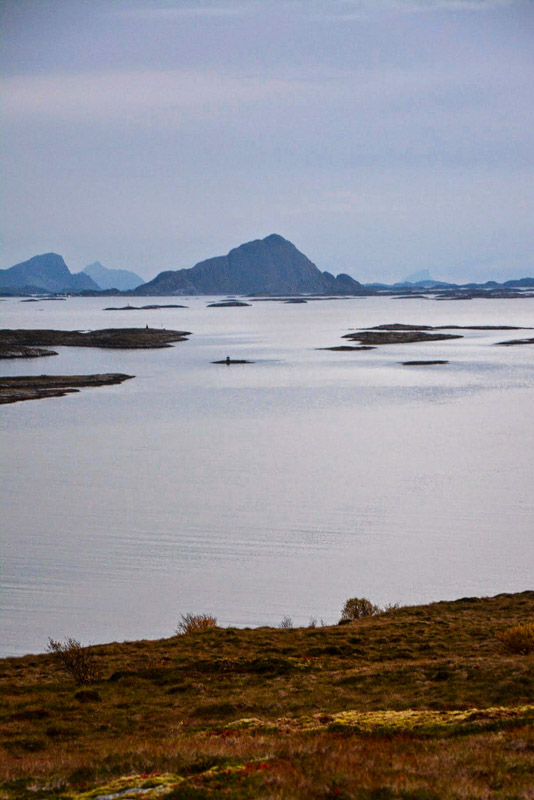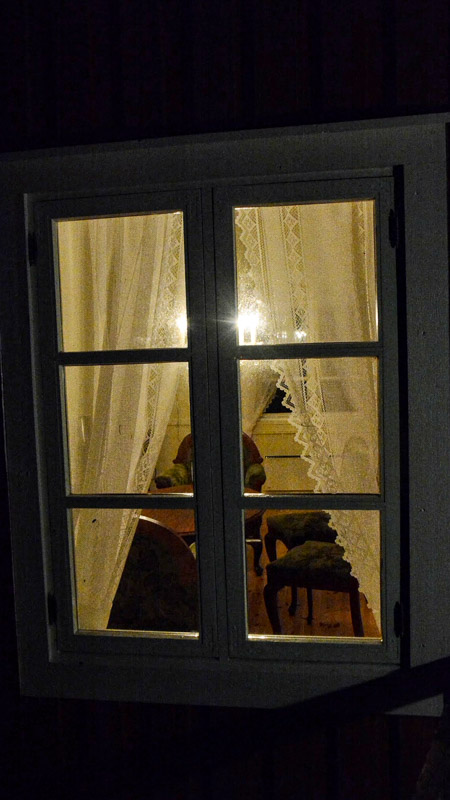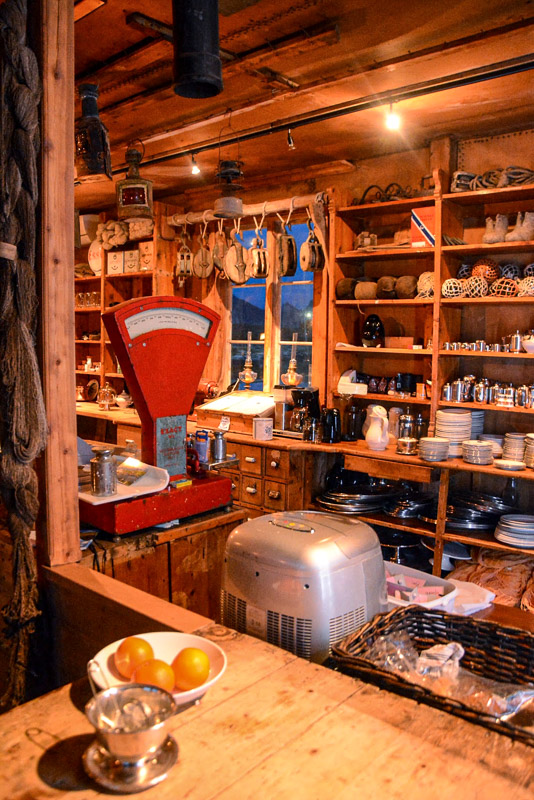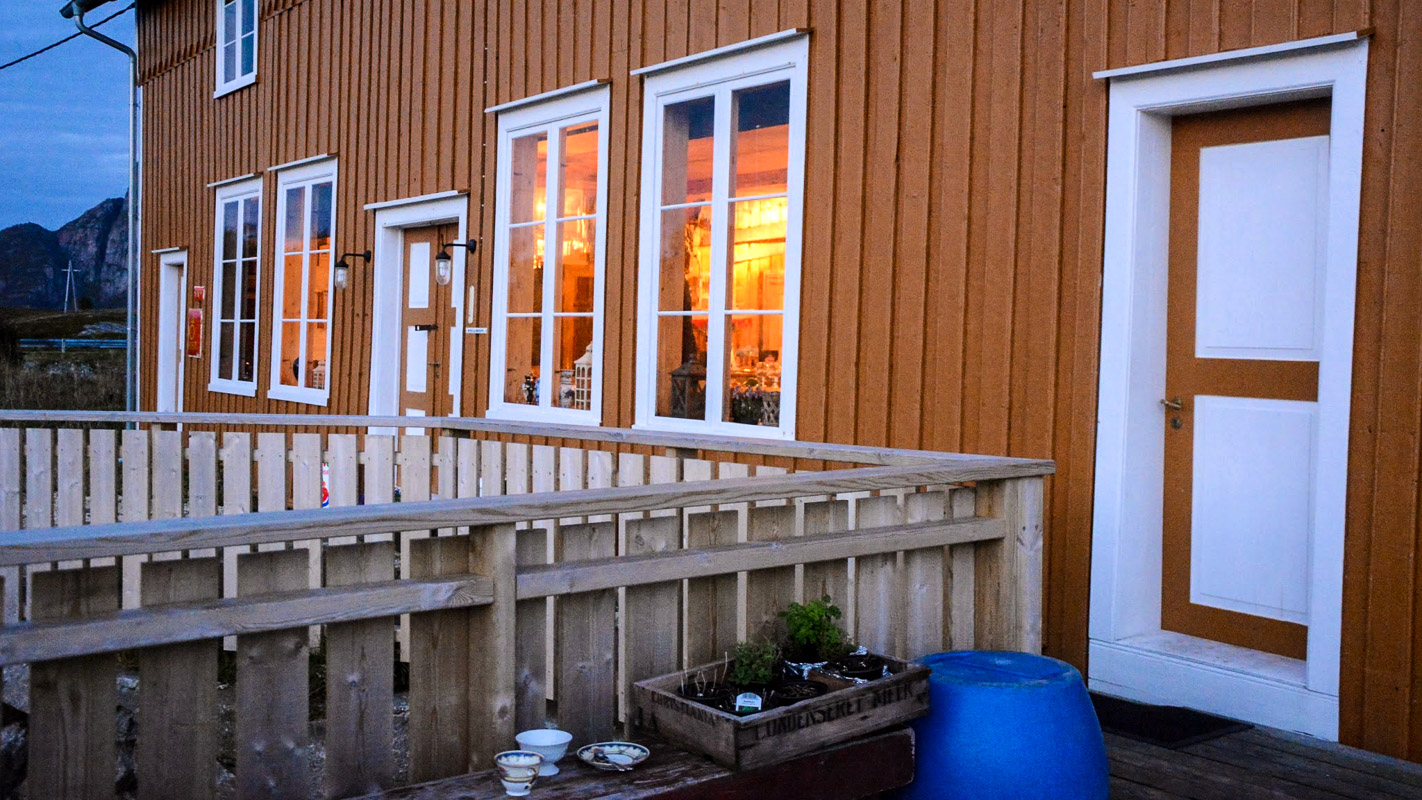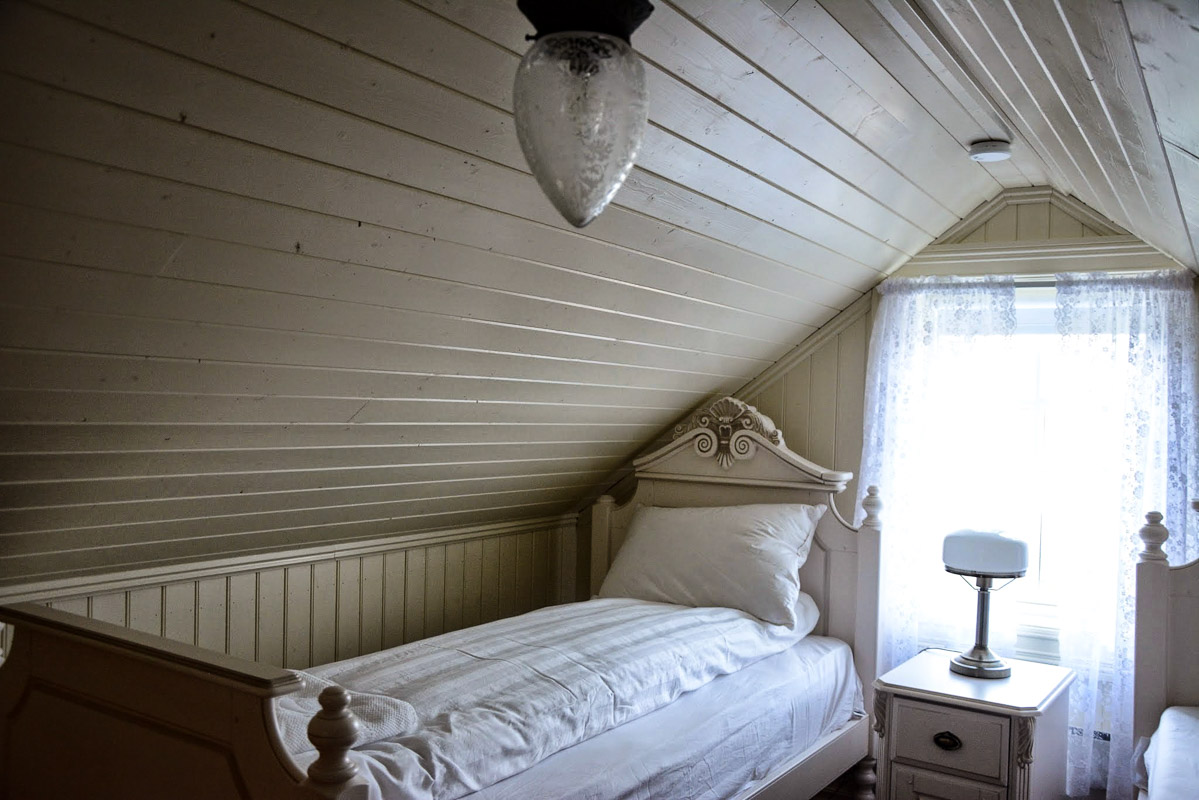The tiny island community of Støtt, with 35 inhabitants, offers gourmet food in historic surroundings, and accommodation in old beds under down duvets. Støtt has always been a port of refuge for fishermen, but now the old trading post has become a refuge for stressed city folk searching for peace and quiet.
Støtt is an old fishing village around a protected harbour in the far north of Helgeland. Fishermen would wait here for fair winds that would allow them to sail over the capricious stretch of waters to Kunna and its protective mountains, so in the days of sail, Støtt was an important place. Out to sea is the Helgeland archipelago, and inland soar the huge peaks of the Saltfjell-Svartisen range. Here, Eva Andersen and her brother have taken over the old trading post and converted it into a unique hotel and an atmospheric restaurant.
Støtt has a 200 year old trading history
Støtt trading post dates back to the early 1800s. It traded in fish, shipped dried fish to Bergen by ‘jekt’ boat, and sent flour, coffee and other imported goods northwards. For many years, Støtt had close family connections to the famous trading post on Kjerringøy, but after 1897, Eva’s grandfather took over. However, the trading post became less important when Hurtigruten took over much of the transport. Engines on fishing boats also meant that fishermen did not need to live in the outermost skerries.
The original shop is perfectly intact
In its glory days, the heart of the trading post was of course the shop. Behind the wide counter, trading goods were stacked on tightly-packed shelves and hung from the roof. Advertising placards on the walls are originals. The office in the back room is full of documents, including a complaint about poor shipping from the Nordenfjeldske Dampskipsselskap steamship company. A wall on the back room is used as a gallery, with different exhibitions every summer. In 1960 the shop was closed and used as a store. This is how Eva and her family eventually came to find an almost intact shop underneath all the junk that had been stored over many years.
Dinner time under the chandelier in the old shop
The old shop has now had a new lease of life as a restaurant, and the old painted tables make dining there a sociable experience. The menu is as it should be for a trading post on the Nordland coast: local ingredients with an international twist. Steamed halibut, fish soup and home-made bacalao are among the most popular dishes. Eva has learnt a great deal about wine through her many years in the capital city, so this is the place to come for perfectly matched food and wine. On light summer evenings, the tables are out on the terrace, and life feels carefree and full of laughter. On dark blue autumn evenings, Eva lights the candles of the chandelier, creating a cosy atmosphere that lends itself to good conversation.
You can sleep well under the down duvets
Accommodation is in the old ‘rorbu’ fisherman’s cabin and storehouse. The rorbu had also been used as a bait shed and storeroom. When Eva decided to restore the property, she made a few brave choices. Instead of going for the rough, rustic style, she chose to decorate it in the style that had been modern during the trading store’s golden age of the 1800s: Empire, Biedermeier and historicism. French commodes, headboards with classic, Italian columns, curved Biedermeier sofas, pendulum clocks and chandeliers were tracked down in auctions and antique shops. The bright, bone-white and linden green wall colours were discovered under thick layers of paint, and form a neutral background that shows off the furniture to its best advantage. The toilets are elegant and modern, and the beds are snug with wonderful down duvets.
From Støtt you can look over to Lofoten
Visitors to Støtt needn’t be too busy, but a walk around the island is a must. During the Second World War, little Støtt was overrun by 200 German soldiers and Russian prisoners of war who built gun emplacements facing out to sea from the ridges. From here, the guns controlled the shipping lanes north towards Narvik. Most were dismantled after the war, as the people of Støtt preferred not to be reminded of that terrible time, but you can still see some walls and crumbling concrete. The most fantastic thing out here is the view – straight out to sea are the contours of Værøy, Røst and Lofotodden. To the south are Helgeland’s fairytale mountains of Rødøyløva, Hestmona and Træna, and to the north are the peaks of Fugløya in Salten.
A little planning must be done, but not so much
You can get to Støtt on the Nordland Express boat from Bodø, or by local boat from the municipal centre of Ørnes. A fast and fun alternative is to come by RIB boat from Ørnes, preferably via a trip around the Meløy basin. Food and accommodation should be booked in advance, and Eva will then help you with boat times.
